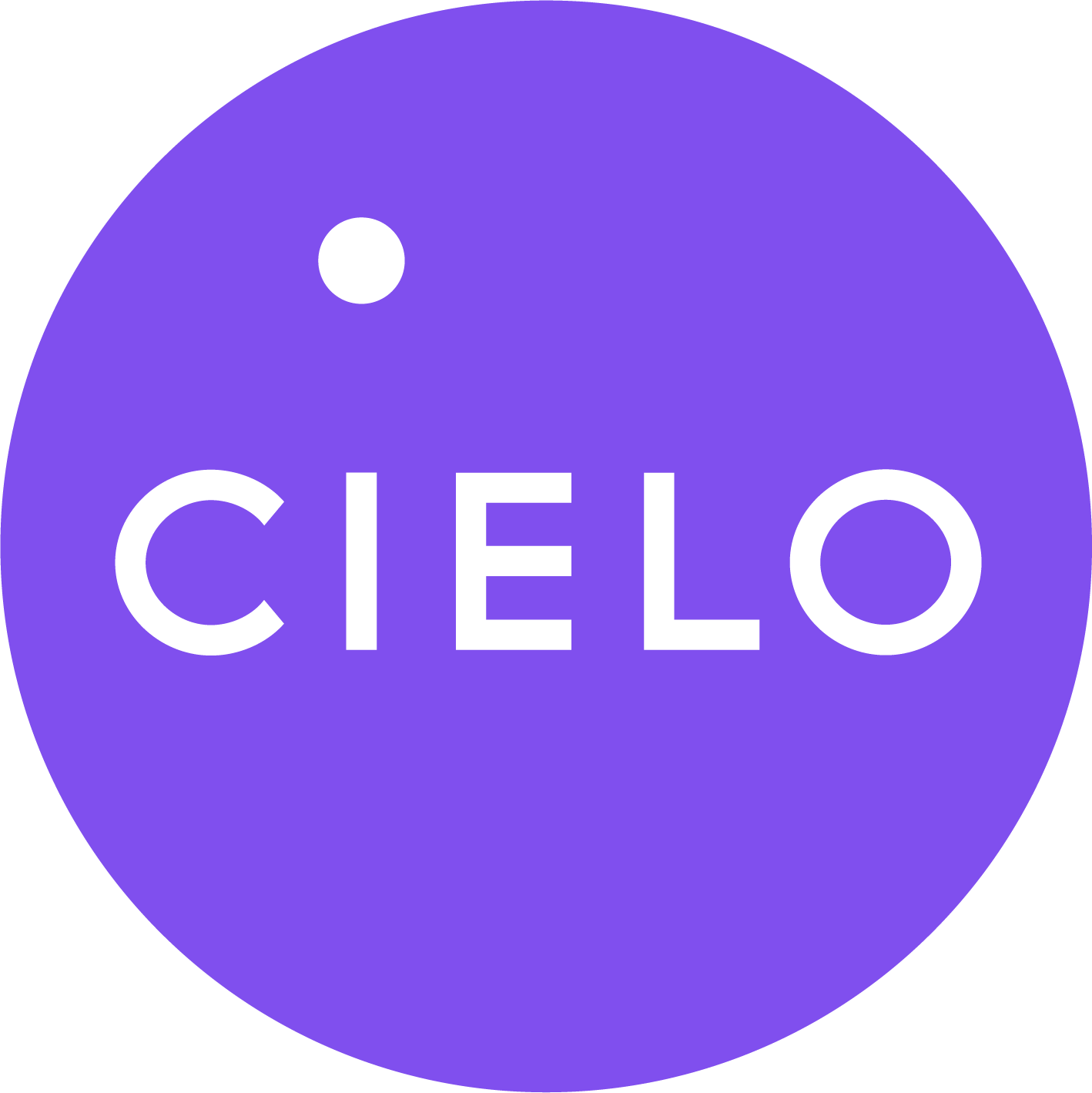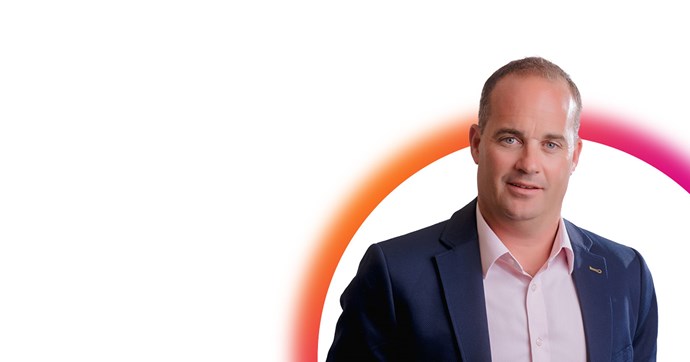By Elaine Orler, Managing Director – Consulting
With the growing investments and developments in recruitment technology, today’s talent acquisition leaders have endless options to make the hiring process more efficient for hiring managers and candidates. The industry has certainly come a long way since the first applicant tracking system (ATS) I used in 1993 – the now antiquated Resumix 2.1. While the core capabilities of applicant tracking remain, advancements in technology mean TA teams can handle larger volumes, receive more valuable insights, and deliver results faster.
To help talent leaders understand how tech-enabled talent acquisition can improve TA functions and outcomes, here are five key tech advancements I believe you should incorporate into your TA strategy:
AI matching
Systems today offer artificial intelligence (AI) tools for matching candidates to job requisitions, helping identify quality talent quickly. Using AI and algorithms, this technology can search a company’s talent database and external job boards to provide hiring managers a ranking of candidates based on who best fits the qualifications. While the AI matching tool varies depending on the provider – some run automatic searches and present results, others deliver results based on provided criteria – it is made to efficiently deliver ideal candidates for the job.
Intelligent automation
The ability to perform bulk actions on a set of candidates is now a reality with intelligent automation, allowing recruiters to focus on business-critical tasks. This feature means recruiters can swiftly move candidates through the interview process, from resume review to scheduling to interviews. It removes the potential human error by prompting recruiters and others involved in the hiring process on pending activities, delays, interview confirmations. Intelligent automation not only saves time, it helps improve the hiring experience for both hiring managers and candidates, whether they get the job or not.
Predictive analytics
Instead of manually tracking the performance of talent acquisition strategies, predictive analytics delivers talent acquisition teams with real-time insights and process recommendations. When creating a new requisition, predictive analytics allow hiring managers to quickly see the results of similar requisitions, including best sources for hire, time-to-fill, and candidate flow. These useful insights ensure you are not starting from scratch each time you open a new requisition. This both saves time and delivers more valuable observations to drive better outcomes.
Conversational AI
Just a few years ago, the talent acquisition community was excited about the ability to text candidates using a chatbot. Nowadays, chatbots can take candidates through the entire recruiting process. Conversational AI works across devices and creates a personal yet consistent experience for candidates. Though chatbots are incredibly beneficial, they are not the end all be all. There are times when candidates will need to connect with a member of the talent acquisition team to answer more in-depth questions or if they just want to talk to a person.
Platform model
With the number of disparate systems used in recruiting today, technology integrations are increasingly necessary to support talent acquisition outcomes. A cloud- or platform model is a fully integrated approach that manages the candidate relationship management system, ATS, and onboarding, allowing data to seamlessly flow between the systems. It provides a framework that can be executed at scale based on stakeholder and business needs, now and in the future. The future of TA technology is increasingly platform-based, with an ecosystem of apps or point solutions catering to different use cases or shifts in the market while maintaining a centralized place from which to work, drive experience, and manage data.
These five technology advancements are a glimpse at the ever-evolving options for tech-enabled talent acquisition solutions, so it can be difficult to know where to start. First, consider your existing technology investments and their capabilities to expose any gaps in your solutions or identify the need for a more holistic approach. If you need help navigating the market offerings and finding the best solution to meet your business needs, you may want to partner with a technology consultant.
To learn more about the concepts you should consider when investing in new tech or contemplating changing your technology model, download our guide on tech-enabled talent acquisition.

Connect with Elaine on LinkedIn.



